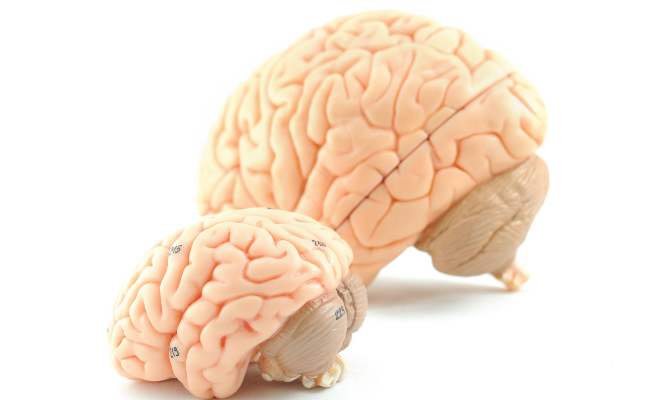How to Treat Creutzfeldt Jakob Disease?
- February 13, 2024
- No Comments

What is Creutzfeldt-Jakob Disease (CJD)?
Creutzfeldt-Jakob Disease (CJD) is a rare and rapidly progressive neurodegenerative disorder affecting the brain. Belonging to the group of transmissible spongiform encephalopathies (TSEs), CJD is caused by abnormal proteins called prions. These faulty proteins accumulate in the brain cells, leading to their damage and destruction. As a result, individuals with CJD experience symptoms such as rapidly progressive dementia, involuntary movements, muscle stiffness, and other neurological abnormalities. Unfortunately, CJD is ultimately fatal, and there are currently no known cures, treatments, or methods to slow down its progression.
Why is it a Concern?
CJD is a significant concern due to its rapid progression and lack of effective treatments. The disease typically manifests in individuals aged 60 and older, although cases of variant CJD (vCJD), a related form of the disease, have occurred in younger individuals due to consumption of contaminated beef products. The exact cause of sporadic CJD, the most common form of the disease, remains unknown, making it challenging to prevent or predict.
How to Recognize CJD?
Recognizing CJD can be challenging, as its symptoms often mimic those of other neurological disorders. Common signs include rapidly progressive dementia, memory loss, personality changes, hallucinations, and involuntary muscle movements. As the disease advances, individuals may experience muscle stiffness, coordination problems, and difficulty speaking and swallowing.
Treatment Solutions for CJD:
- Symptom Management: While there is no cure for CJD, treatment focuses on managing symptoms and improving quality of life. Medications may be prescribed to alleviate pain, control muscle spasms, and manage psychiatric symptoms such as anxiety and depression. Additionally, physical therapy can help maintain mobility and prevent complications such as bedsores and muscle contractures.
- Supportive Care: Providing supportive care is essential in managing the complications of CJD and ensuring the comfort of affected individuals. This may include assistance with activities of daily living, nutritional support, and measures to prevent aspiration pneumonia, a common complication due to swallowing difficulties.
- Experimental Treatments: Several experimental treatments are being investigated for CJD, although their efficacy remains uncertain. These include immunotherapy, which aims to target and clear abnormal prion proteins from the brain, and treatments aimed at slowing disease progression or reducing neuroinflammation.
- Clinical Trials: Participating in clinical trials can provide access to novel treatments and contribute to advancing our understanding of CJD. These trials evaluate potential therapies for safety and efficacy, offering hope for individuals affected by this devastating disease.
Benefits of Treating CJD:
- Improved Quality of Life: While treatment cannot cure CJD, it can alleviate symptoms and improve quality of life for affected individuals. Symptom management measures such as pain control and physical therapy can help maintain function and independence for as long as possible.
- Enhanced Comfort: Providing supportive care ensures the comfort and dignity of individuals with CJD as the disease progresses. This includes addressing physical discomfort, managing psychiatric symptoms, and offering emotional support to both patients and their families.
- Hope for Future Treatments: Participating in clinical trials and supporting research efforts offers hope for developing more effective treatments for CJD. By advancing our understanding of the disease mechanisms and testing novel therapies, researchers aim to find ways to slow disease progression and improve outcomes for affected individuals.
- Increased Awareness and Education: Raising awareness about CJD and educating healthcare professionals, caregivers, and the public is crucial for early recognition and diagnosis of the disease. Increased awareness can lead to timely access to supportive care and services, improving outcomes for individuals affected by CJD.
Comments (0)